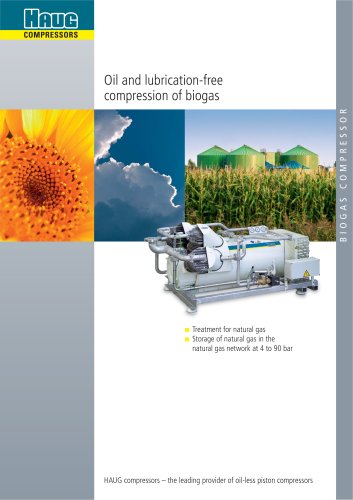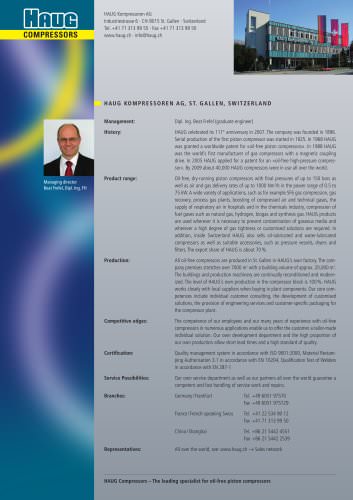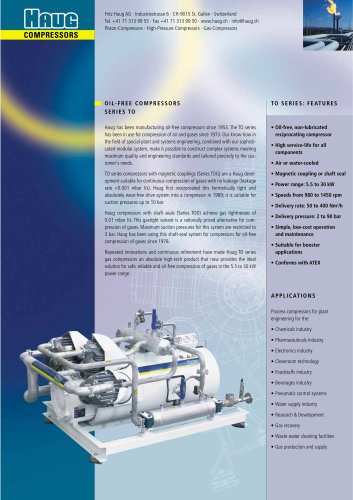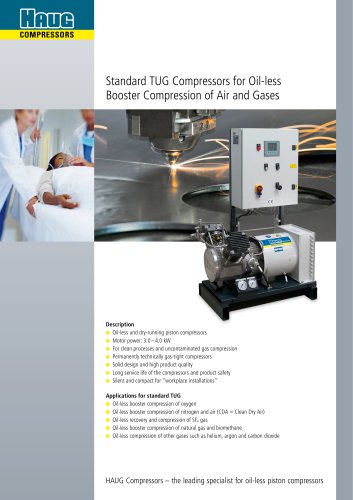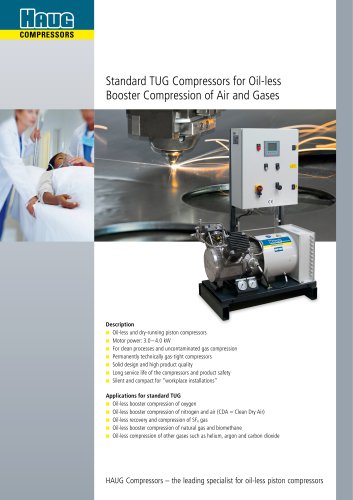LOADING
Application report: CERN / ATLAS cooling system with oilless HAUG compressors0 pages
نسخه متنی
"
"
| Hhuci COMPRESSORS | |||
| The most expensive cooling system in the world, fitted with HAUG compressors from St. Gallen In pursuit of the Higgs particles The biggest experiment in human history starts this summer. Since 1954, the atomic research institute CERN in Geneva has implemented a gigantic research project constructed 100 meters below the surface of the earth. A 27 km long LHC (Large Hadron Collider) ring was built, with the help of which the smallest particles (protons) are accelerated and charged with energy. The protons, flying at near the speed of light, collide frontally at a particular location with other protons flying in the opposite direction. During this collision, energy is converted into matter, exactly according to Einstein's equation E=mc2 (energy = mass x the square of the speed of light). The temperatures that are generated in the plasma are 100,000 times as high as in the middle of the sun. The new particles of matter unfortunately exist for only a short time, and must therefore be detected by highly sensitive detectors. By means of these tests and the research results obtained, numerous theories will be examined. But finding proof of the Higgs Theory, i.e. why the matter remains together thanks to the Higgs field and does not disintegrate in the speed of light has the highest priority. The ATLAS detector The LHC consists of several rings with superconducting, highly powerful magnets and four detectors. The biggest experiment will take place in the ATLAS detector, below the main building of CERN between Meyrin (CH) and St. Genis (FR). There, the events that take place after the proton collision will be recorded and the enormous quantities of data from the sensors evaluated by a network of high-capacity computers distributed all over the world. Since its approval in the year 1994, more than 11 billion CHF have been invested in this project. The ATLAS detector, with a height of 25 meters and a length of 46 meters is the biggest detector in particle physics in the world. Apart from the Higgs particles, there will also be a search carried out for super-symmetrical particles and small black holes in the ATLAS detector. The cooling circuit The job of the cooling circuit is to dissipate the heat generated in the innermost regions of the ATLAS detector. The inner detector of ATLAS is the most sensitive element in the experiment, since thousands of silicon detectors are required to track the flight paths of the particles that fly off after the proton-proton collision. Thousands of electronic components were installed in the innermost zones to administer the flood of information of the silicon detectors. The electronics produces a total waste heat of 70 kW. Without active cooling, the temperature in the innermost zone of the detector would rise by 4 to 5 degrees per second and completely destroy the plant. The medium C3F8 (perfluoropropane or also called octafluorpropane) was selected because of its dielectric properties (no damage to the electronic components in case of a leak, it is radiation-resistant) and its thermodynamic properties meet the cooling requirements. The cooling circuit is in an underground hall at the first access node to the LHC tunnel. The oil-free piston compressors themselves are installed in a service cavern called USA15. After the cooling medium is compressed and condensed to an overpressure of 15 bar, it reaches the experimenting cavern called UX15 and is distributed in 204 different cooling circuits. When the cooling medium reaches the mid-point of the ATLAS experiment, it expands and evaporates. As a result, the waste heat of the electronic components can be absorbed. Then, the gas is drawn out again and fed to the dry-running compressors, where the circuit starts afresh. | |||

 عضویت
عضویت  ورود اعضا
ورود اعضا راهنمای خرید
راهنمای خرید










